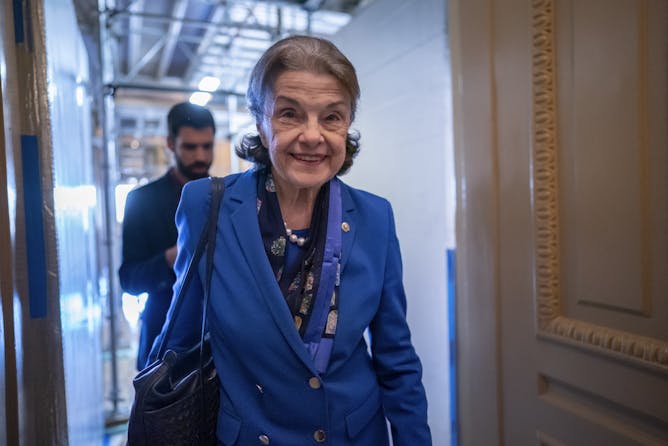|
|
|
|
There has been another school shooting in the United States. This time it was at Michigan State University in East Lansing. The gunman killed three students and critically injured five before killing himself.
What would be an unthinkable tragedy in any other country is so common in the United States that two MSU students who were physically unharmed in this attack also survived previous school shootings. One student was a sixth grader at Sandy Hook Elementary School in Newtown, Connecticut, in 2012 when a gunman killed 26 students, teachers and staff. Another student was a senior at Oxford High School in Oxford Township, Michigan, in 2021 when a teen gunman killed four of his schoolmates. As is also common in the U.S., before the week was out, there was a second shooting, this one at a shopping center in El Paso, Texas. It left one person dead and three injured.
Criminologists David Riedman and James Densley, who maintain databases of mass shootings in the U.S., explain how the MSU attack compared with previous ones, shedding light on how future tragedies could be averted.
Their research shows that mass shooters tend to be boys and men who are in a noticeable crisis and communicate their intent to do harm before they pull the trigger. What’s more, if family, friends and co-workers know the warning signs of violence and how to report them, there is an opportunity to stop violence from occurring.
|

|
Lorna Grisby
Senior Politics & Society Editor
|
|

A tent covers the body of the alleged gunman at Michigan State University.
AP Photo/Carlos Osorio
David Riedman, University of Central Florida; James Densley, Metropolitan State University
A gunman at Michigan State University shot dead three people before taking his own life. Two criminologists explain how the incident fits a pattern of campus attacks.
|

Sen. Dianne Feinstein, D-Calif., has announced that she will not seek reelection in 2024.
AP Photo/J. Scott Applewhite
Lincoln Mitchell, Columbia University
Most Americans know Dianne Feinstein as a US senator. But for voters in San Francisco, she will forever be remembered as the woman who stepped in at a tragic and traumatic moment to lead the city.
|

Opposition deputies protest as the first stage of controversial judicial reform is approved by the Knesset Law Committee on Feb. 13, 2023.
Photo by Israeli Parliament (Knesset) / Handout/Anadolu Agency via Getty Images
Dov Waxman, University of California, Los Angeles
Huge pro-democracy demonstrations in Israel have taken place for almost two months in protest of new rules for the Supreme Court that Benjamin Netanyahu’s right-wing government is rushing into law.
|
|
|

Miguel Schor, Drake University; Erin Lain, Drake University
Most Americans believe that racial inequality is a significant problem. They also believe that affirmative action programs aimed at reducing those inequalities are a problematic tool.
| |

Louise K. Comfort, University of Pittsburgh; Burcak Basbug Erkan, Middle East Technical University; Polat Gulkan, Başkent University
Turkey has repeatedly attempted to improve its earthquake preparedness. So what went wrong?
|

Joseph Kalt, Harvard Kennedy School; Amy Besaw Medford, Harvard Kennedy School; Jonathan B. Taylor, Harvard Kennedy School
After 40 years living under a federal law that denied Maine’s Wabanaki Nations the ability to govern themselves, the tribes have been left out of the prosperity other tribes have attained.
| |

Sandra Ristovska, University of Colorado Boulder
Jurors can perceive events in a video in different ways – one of which depends on how the evidence is presented in court, a media scholar explains.
|
|
|
|
|
-
Jóhanna Kristín Birnir, University of Maryland; Dawn Brancati, Yale University
While some world leaders and foreign policy experts expected IS to increase its attacks during COVID-19’s early days, travel bans and curfews helped slow violence.
-
Logan Dancey, Wesleyan University
House lawmakers created an independent office to conduct ethics investigations. But new changes by the GOP to rules governing the office were just the latest attempt to defang it.
|
|
|
Like this newsletter? You might be interested in our other weekly emails:
|
| |
| |
| |
| |
|
|
|
|
|
|
|